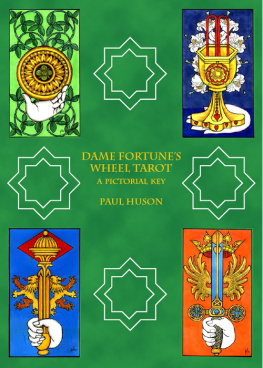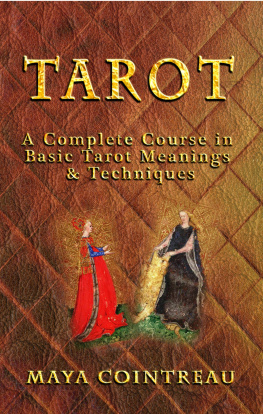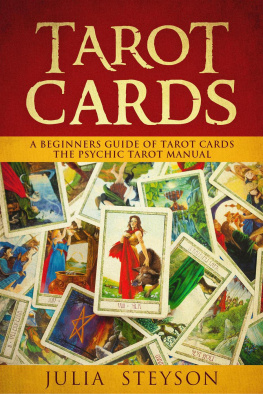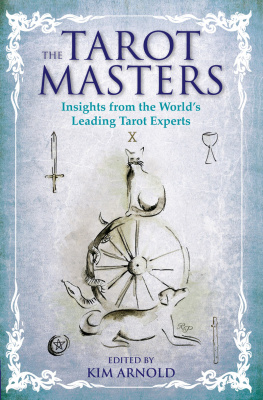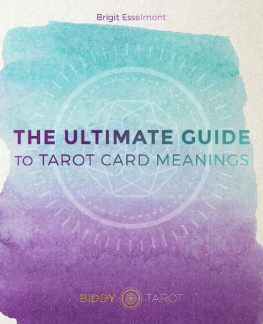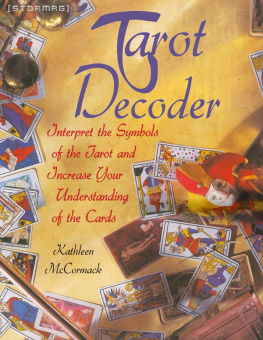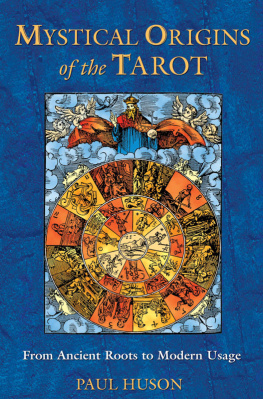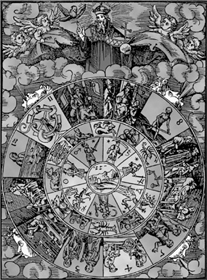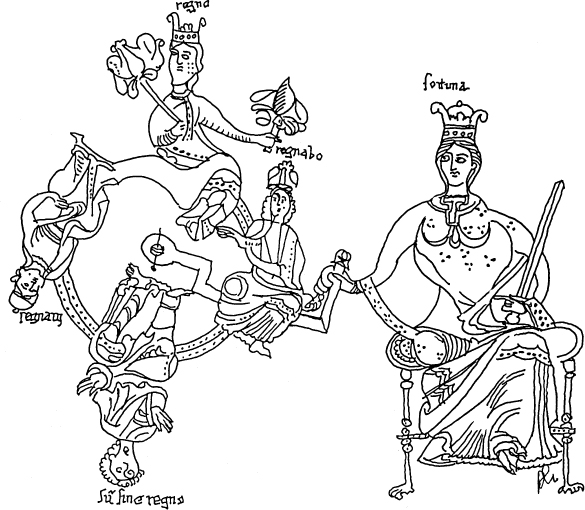Huson - Mystical Origins of the Tarot: From Ancient Roots to Modern Usage
Here you can read online Huson - Mystical Origins of the Tarot: From Ancient Roots to Modern Usage full text of the book (entire story) in english for free. Download pdf and epub, get meaning, cover and reviews about this ebook. City: Rochester, year: 2004, publisher: Destiny Books;Inner Traditions / Bear & Company; Inner Traditions International, Limited, genre: Home and family. Description of the work, (preface) as well as reviews are available. Best literature library LitArk.com created for fans of good reading and offers a wide selection of genres:
Romance novel
Science fiction
Adventure
Detective
Science
History
Home and family
Prose
Art
Politics
Computer
Non-fiction
Religion
Business
Children
Humor
Choose a favorite category and find really read worthwhile books. Enjoy immersion in the world of imagination, feel the emotions of the characters or learn something new for yourself, make an fascinating discovery.

- Book:Mystical Origins of the Tarot: From Ancient Roots to Modern Usage
- Author:
- Publisher:Destiny Books;Inner Traditions / Bear & Company; Inner Traditions International, Limited
- Genre:
- Year:2004
- City:Rochester
- Rating:5 / 5
- Favourites:Add to favourites
- Your mark:
Mystical Origins of the Tarot: From Ancient Roots to Modern Usage: summary, description and annotation
We offer to read an annotation, description, summary or preface (depends on what the author of the book "Mystical Origins of the Tarot: From Ancient Roots to Modern Usage" wrote himself). If you haven't found the necessary information about the book — write in the comments, we will try to find it.
Thoroughly examines the original historical source for each tarot card and how the cards divinatory meanings evolved from these symbols
Provides authentic 18th- and 19th-century spreads and divination techniques
Reveals the divinatory meanings of the cards as understood by diviners in the Middle Ages and Renaissance
The origins of the tarot have been lost in the mists of time. Most scholars have guessed that its origins were in China, Egypt, or India. InMystical Origins of the Tarot, Paul Huson has expertly tracked each symbol of the Minor Arcana to roots in ancient Persia and the Major Arcana Trump card images to the medieval world of mystery, miracle, and morality plays. A number of tarot historians have questioned the use of the tarot as a divination tool prior to the 18th century. But the author demonstrates that the symbolic meanings of the Major Arcana were evident from the time they were first employed in the mid-15th century in the popular divination practice of sortilege. He also reveals how the identities of the court cards in the Minor Arcana were derived from a blend of pagan and medieval sources that strongly influenced their interpretation in tarot divination.
Mystical Origins of the Tarotprovides a thorough examination of the original historical source for each card and how the cards divinatory meanings evolved from these symbols. Huson also provides concise and practical card-reading methods designed by the cartomancers of the 18th and 19th centuries and reveals the origins of the card interpretations promoted by the Hermetic Order of the Golden Dawn and A. E. Waite.
Huson: author's other books
Who wrote Mystical Origins of the Tarot: From Ancient Roots to Modern Usage? Find out the surname, the name of the author of the book and a list of all author's works by series.

